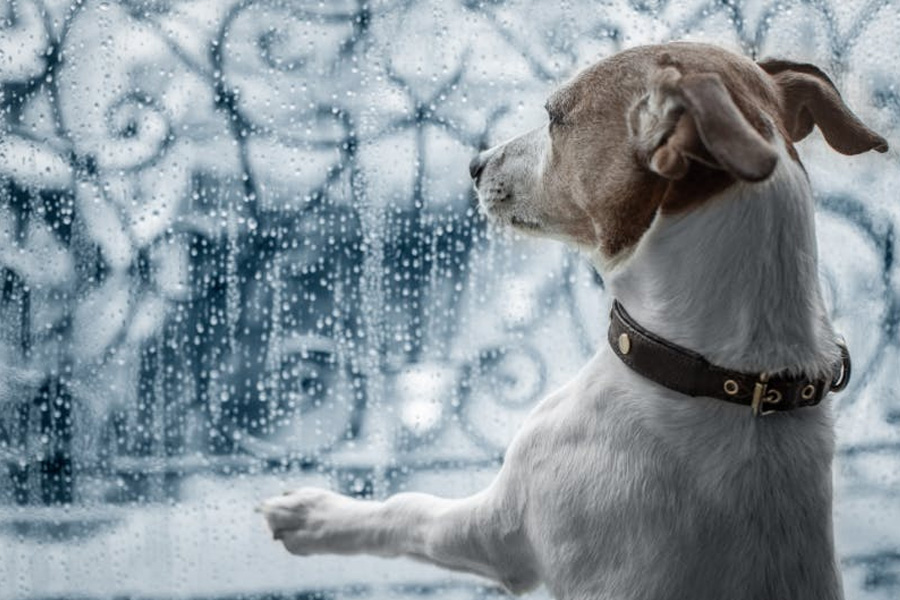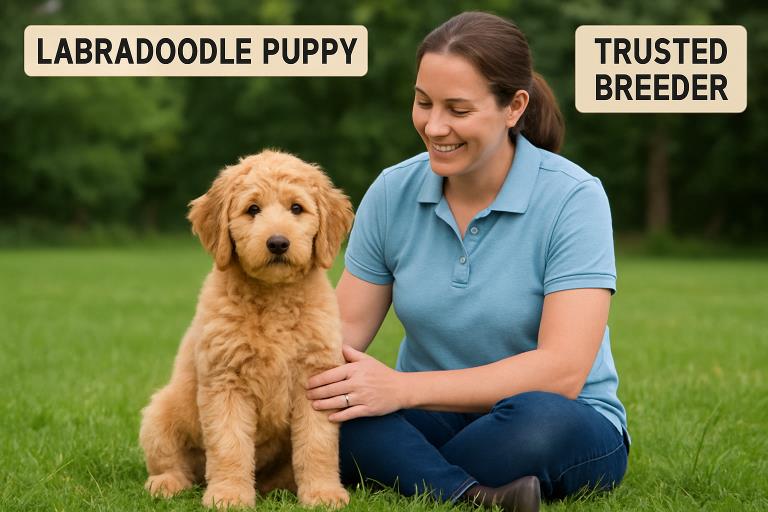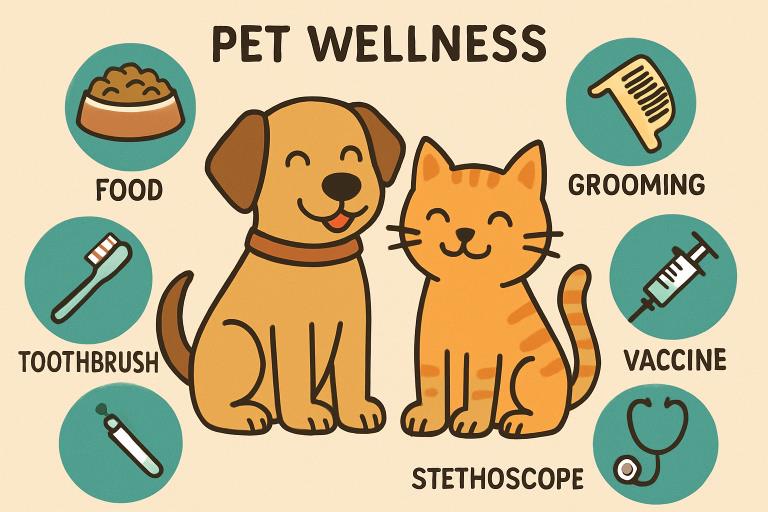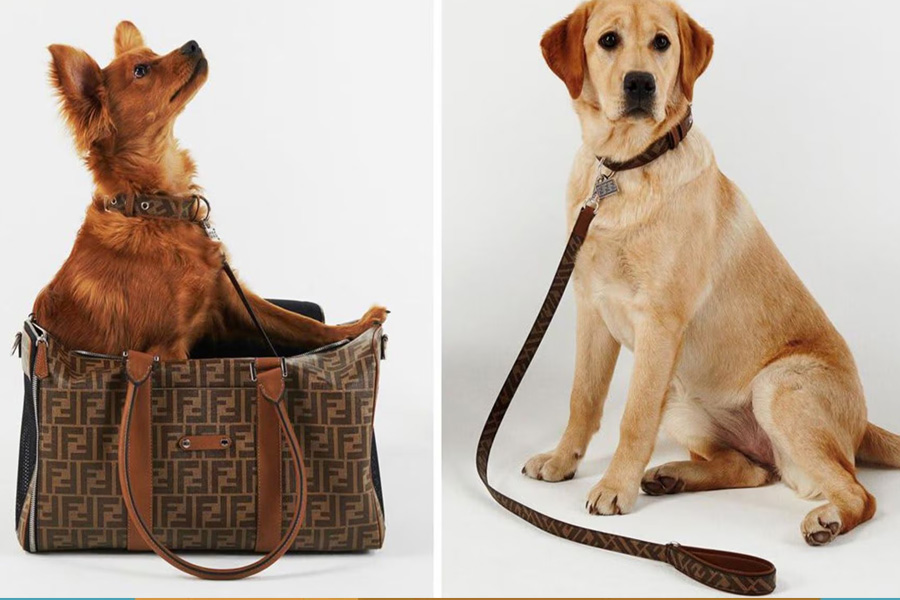Now Reading: Rainy Day Rescue: Keeping Your Dog Clean and Dry Indoors
-
01
Rainy Day Rescue: Keeping Your Dog Clean and Dry Indoors
Rainy Day Rescue: Keeping Your Dog Clean and Dry Indoors

The rainy-day problem (and why it’s worth fixing)
Rain turns familiar routines into small dramas: mud on paws, a dripping belly, and the unmistakable perfume of wet fur sneaking into upholstery. Beyond the mess, damp coats can trap irritants and microbes, and soggy paws raise the odds of slips and small injuries. Tack on a dog who hates being dried and you’ve got a recipe for stress on both sides of the leash. A little preparation and a consistent routine turn those wet-weather hiccups into a calm, almost cinematic ritual that protects your home and your pet.
Setting up a drying station by the door
Think of your entryway as the premiere stage — a compact mudroom where cleanup happens before the rest of the house sees the show. Keep a stack of super-absorbent towels, paw wipes, a waterproof mat, and a quiet pet dryer or a low-heat human blow dryer on hand. As soon as you come in, guide your dog to that spot and tackle paws first; a quick wipe prevents tiny stones and mud from traveling further. Consistency matters: over time most dogs learn that the door equals a brief, predictable clean-up, and many will happily pause there while you work.
Drying techniques for paws and fur
Paws deserve gentle attention. Rather than scrubbing, pat with a microfiber towel and check between toes and pads for debris or tiny stones. These areas are sensitive, so patience and a few treats go a long way. For wet fur, towel-dry in the direction of the coat to avoid tangles, using a second towel to blot remaining moisture. Long or double coats will often need more than towels — circulating warm air from a pet dryer or a low-heat human dryer helps reach the undercoat and speeds things up without stressing the dog. Work slowly, keep your movements calm, and reward cooperation.
Handling sudden downpours and emergencies
Sometimes the weather wins and your dog returns soaked through. Avoid letting them sprint across the house; lead them straight to the drying station. Start at the head and move down, wrapping shivering dogs in a dry towel to help them warm up before a more thorough dry job. If you only have a noisy human dryer, use the lowest setting and keep it at a distance so the sound and heat aren’t overwhelming. Keeping an extra towel in your car or by the door and carrying a small waterproof coat on wet-weather walks are quick ways to blunt the worst of a surprise storm.
Training your dog to accept drying
A little training transforms drying from a tug-of-war into a cooperative scene. Teach cues like “wait,” “stand,” or “paw” during calm moments, and practice brief wiping sessions after dry walks so the dog associates cleanup with treats and praise. Slowly introduce dryer noise at low levels while rewarding calm behavior — desensitization makes the device ordinary rather than frightening. For long-haired or curly breeds, trimming hair around paws, underarms, and the tail reduces matting and speeds drying, which in turn lowers anxiety around the whole process.
Tools and gadgets that actually help
A clean towel and patient hands are the essentials, but a few thoughtful tools make rainy days feel less like a battle. Microfiber towels pull moisture quickly. Dedicated pet dryers circulate warm air without the shriek of many human models, and hands-free drying enclosures gently dry undercoats while keeping anxious dogs feeling secure. Waterproof mats and easily washable rugs protect floors and create a clear boundary for cleanup. Keep backup bedding so a damp dog always has a dry place to settle afterward.
Protecting your home from damp-dog fallout
Keep washable rugs near entry points and consider pet-safe furniture covers during extended rainy spells. Rotate bedding so you always have a clean, dry option available, and launder towels frequently to prevent lingering odors. Air purifiers and dehumidifiers reduce damp smells and lower indoor humidity, which helps your dog’s coat dry faster and keeps the house feeling fresher. Small habits — a towel by the door, a mat to trap drips — add up to a lot less cleanup and a lot less stress.
Timing, patience, and keeping things believable
Making rainy-day cleanup realistic is as much about pace as it is about tools. Rapid, frantic wiping usually produces a restless dog and missed spots; calm, deliberate work gets better results faster. Think of it like staging a short scene: soft lighting, slow hands, a couple of treats at the right beats. Over time your dog learns the rhythm, and what started as an ordeal becomes a quiet ritual that both of you can handle with grace.
Embracing the rain without the fuss
Rainy walks will always be part of being a dog person: noses in the drizzle, puddles to investigate, mud to admire. With a little planning — a drying station, patient drying, and a handful of training cues — you can keep that messy joy from taking over your home. The goal is simple: make cleanup efficient, keep your dog comfortable, and preserve the calm of the household, even when the weather is acting like a minor antagonist.
FAQ
How can I prevent matting in long-haired dogs after rain?
Trim hair around paws, underarms, and the tail to reduce places where wet fur tangles, and towel-dry promptly to keep the coat from clumping.
Is it safe to use a human hair dryer on my dog?
Yes, if you use the lowest heat and noise settings and keep the dryer at a comfortable distance to avoid burning or frightening your pet.
What should I do if my dog is shivering after coming in from the rain?
Wrap them in a dry towel or blanket and let them warm gradually before using any dryer, and monitor for signs of discomfort.
How often should I wash the towels used for drying my dog?
Wash drying towels frequently — ideally after every few uses — to prevent odor buildup and bacterial growth.
Can air purifiers and dehumidifiers help with “wet dog” smell?
Yes; air purifiers and dehumidifiers reduce lingering odors and speed coat drying by lowering indoor humidity.




















